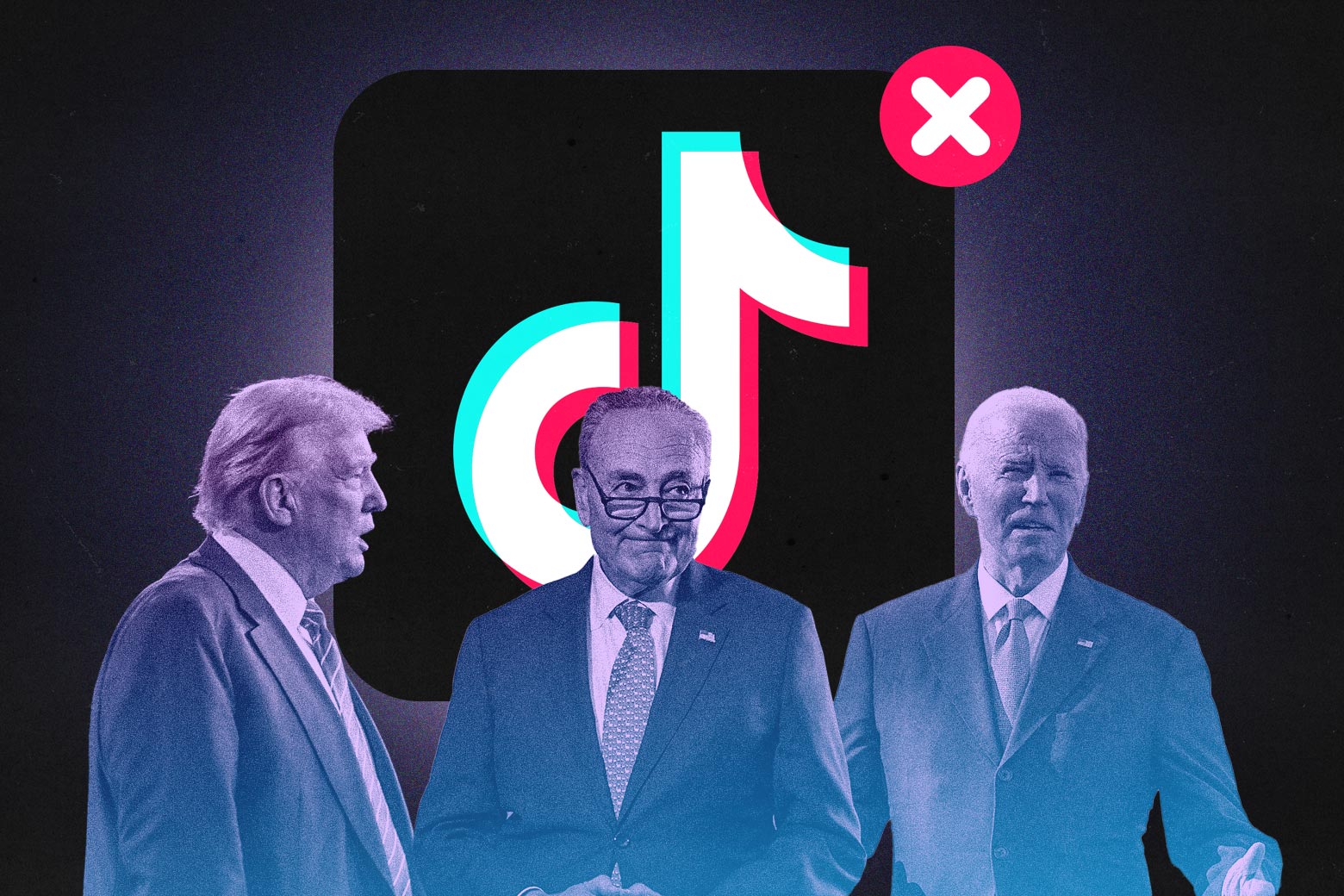Unraveling the TikTok Saga: A Glimpse into the Industry’s Blind Spots
The ongoing TikTok saga reveals a striking disconnect between social media trends and industry responses. Amidst the explosive growth of this platform, stakeholders—ranging from marketers to policymakers—find themselves grappling with its profound influence. As TikTok continues to reshape the digital landscape, questions about user privacy, content moderation, and the future of digital engagement loom large.
The Rise of TikTok: A Cultural Phenomenon
Since its launch in 2016, TikTok has rapidly ascended to become one of the most influential social media platforms globally. With over a billion active users, it has transformed how we consume content, favoring short, engaging videos over traditional long-form formats. This shift has not only changed user behavior but has also disrupted conventional marketing strategies.
What sets TikTok apart is its algorithm, which tailors content to individual users with remarkable precision. This personalization fosters a sense of community and engagement that keeps users returning for more. However, this very algorithm has raised significant concerns regarding the platform’s impact on mental health, especially among younger audiences.
Industry Responses: A Game of Catch-Up
As TikTok’s popularity surged, many businesses and marketers scrambled to adapt. Traditional marketing strategies, which relied heavily on demographic targeting, have become less effective in the age of TikTok. Brands now find themselves reaching out to audiences through influencer partnerships and viral challenges, often relying on creativity over analytics.
- Changing Marketing Strategies: Companies are now embracing a more organic approach, leveraging TikTok influencers to reach niche audiences.
- Engagement Metrics: Success is often measured in likes, shares, and comments, rather than traditional metrics like impressions or reach.
This pivot, however, has not come without its challenges. Many businesses report a steep learning curve when it comes to understanding TikTok’s unique culture and user expectations. Furthermore, the platform’s ephemeral nature—where trends can change overnight—adds an additional layer of complexity to brand strategies.
User Privacy: A Growing Concern
As TikTok continues to thrive, it faces mounting scrutiny over user privacy practices. In recent years, several governments have raised alarms regarding data security and the potential misuse of user information. The platform’s ownership by the Chinese company ByteDance has only intensified these concerns, leading to accusations of espionage and data harvesting.
In response, TikTok has implemented a series of measures aimed at enhancing transparency and user control:
- Data Transparency: TikTok has committed to providing clearer information about how user data is collected and used.
- User Control: The platform allows users to manage their privacy settings, offering options to restrict data sharing.
Nevertheless, many users remain skeptical, questioning whether these measures are sufficient to protect their personal information. This skepticism is compounded by breaches and scandals involving other social media platforms, leading to a general wariness surrounding digital privacy.
Content Moderation: Striking a Balance
Content moderation is another critical area where TikTok faces challenges. The platform’s rapid growth has resulted in an influx of content, making it increasingly difficult to enforce community guidelines consistently. While TikTok boasts sophisticated AI moderation tools, human oversight is still necessary to address nuanced issues such as hate speech, misinformation, and inappropriate content.
Users often report inconsistencies in moderation practices, where similar content may be treated differently based on varying contexts. This inconsistency has led to frustrations among creators and viewers alike, raising questions about fairness and accountability.
The Future of Digital Engagement
Looking ahead, the future of digital engagement is likely to be shaped by several key factors:
- Emphasis on Authenticity: As users become increasingly savvy, they are drawn to authentic content that resonates on a personal level.
- Technological Integration: The rise of augmented reality (AR) and virtual reality (VR) holds the potential to transform how users interact with content on platforms like TikTok.
- Regulatory Changes: Governments are expected to implement stricter regulations regarding data privacy and content moderation, forcing platforms to adapt.
Moreover, the success of TikTok has prompted other social media giants to innovate and compete. Features reminiscent of TikTok have been integrated into platforms like Instagram (Reels) and YouTube (Shorts), illustrating the platform’s far-reaching influence.
Conclusion: Embracing Change and Addressing Challenges
The saga of TikTok highlights a significant disconnect between the rapid evolution of social media and the industry’s response to its implications. As stakeholders navigate this dynamic landscape, the emphasis must be placed on user privacy, ethical content moderation, and authentic engagement. While challenges remain, there is also considerable opportunity for growth and innovation.
Ultimately, by addressing these blind spots, the industry can forge a more sustainable and responsible digital ecosystem. The TikTok saga is far from over, and as it continues to unfold, it will undoubtedly reshape the future of digital engagement in profound ways.
See more Future Tech Daily

